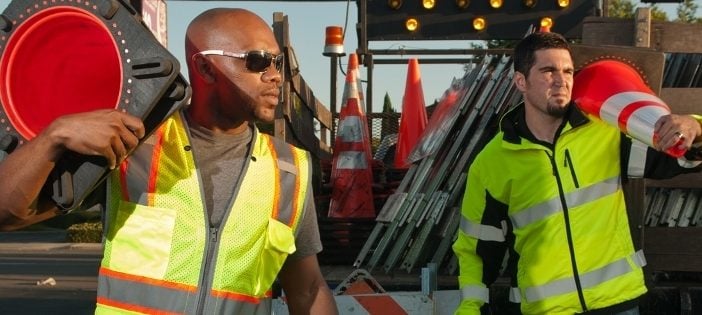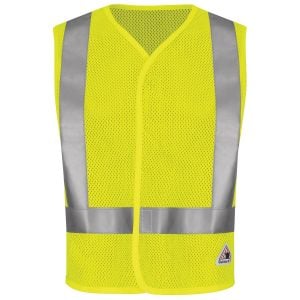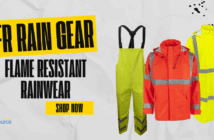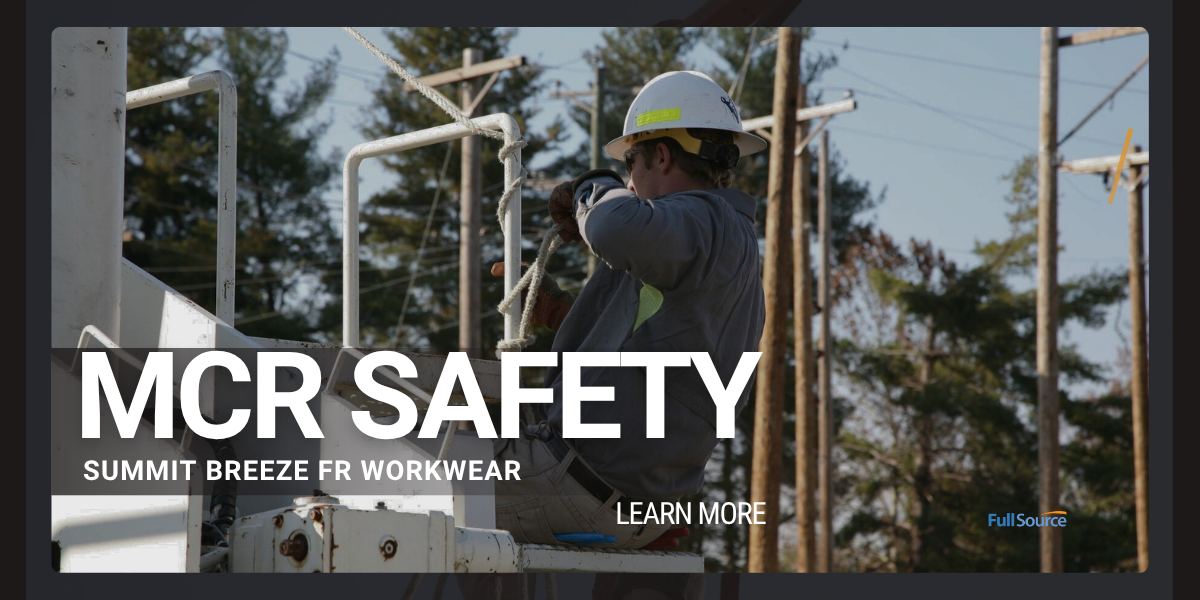Defining OSHA
Because there is often some confusion about what makes an item OSHA compliant versus ANSI, NRR, or FR rated gear, let’s explore the differences and meanings. All these groups and classifications do have one thing in common. That common factor is that they were all created to keep you safe or monitor your safety while on the job. If you have a good understanding of the differences, browsing for the proper PPE or personal protective equipment is easy.
First of all OSHA, or the Occupational Safety and Health Administration began in 1970. The laws created and associated with OSHA outline basic health and safety measures. These safety measures keep workers safe while on the job. Dangerous jobs and situations can affect the safety of a worker. Common threats to workers include exposure to chemicals, falls and machinery.
ANSI Rated PPE Gear
Therefore OSHA is the government agency that creates and regulates job safety standards. Each state varies with the level of required protection for specific jobs. When a job site requires hard hats, the employer must ensure workers wear the proper ANSI rated hard hat. There are a variety of ANSI ratings including ANSI class 1, 2 and 3. ANSI, or the American National Standards Institute, developed these standards. ANSI ratings apply to PPE gear like hard hats, safety glasses, and hi-vis clothing.
Other Safety Ratings
In addition, some safety items have an NRR rating. The NRR rating, or Noise Reduction Rating, determine the effectiveness of hearing protection devices. Items like ear muffs and ear plugs by brands like Pyramex, Radians and Howard Leight follow NRR ratings. This rating calculates the decibels that the hearing equipment allows through or filters out. The other term associated with safety gear is FR or Flame Resistant. FR clothing and materials also follow strict guidelines for safety. You can also conduct further research on the differences between inherent FR, self-extinguishing and other FR safety materials.
Finally, the amount of information regarding job site safety is extensive. It varies from state to state and job site to job site. Government agencies like OSHA ensure employers uphold the standards that will keep you protected and avoid injury.





